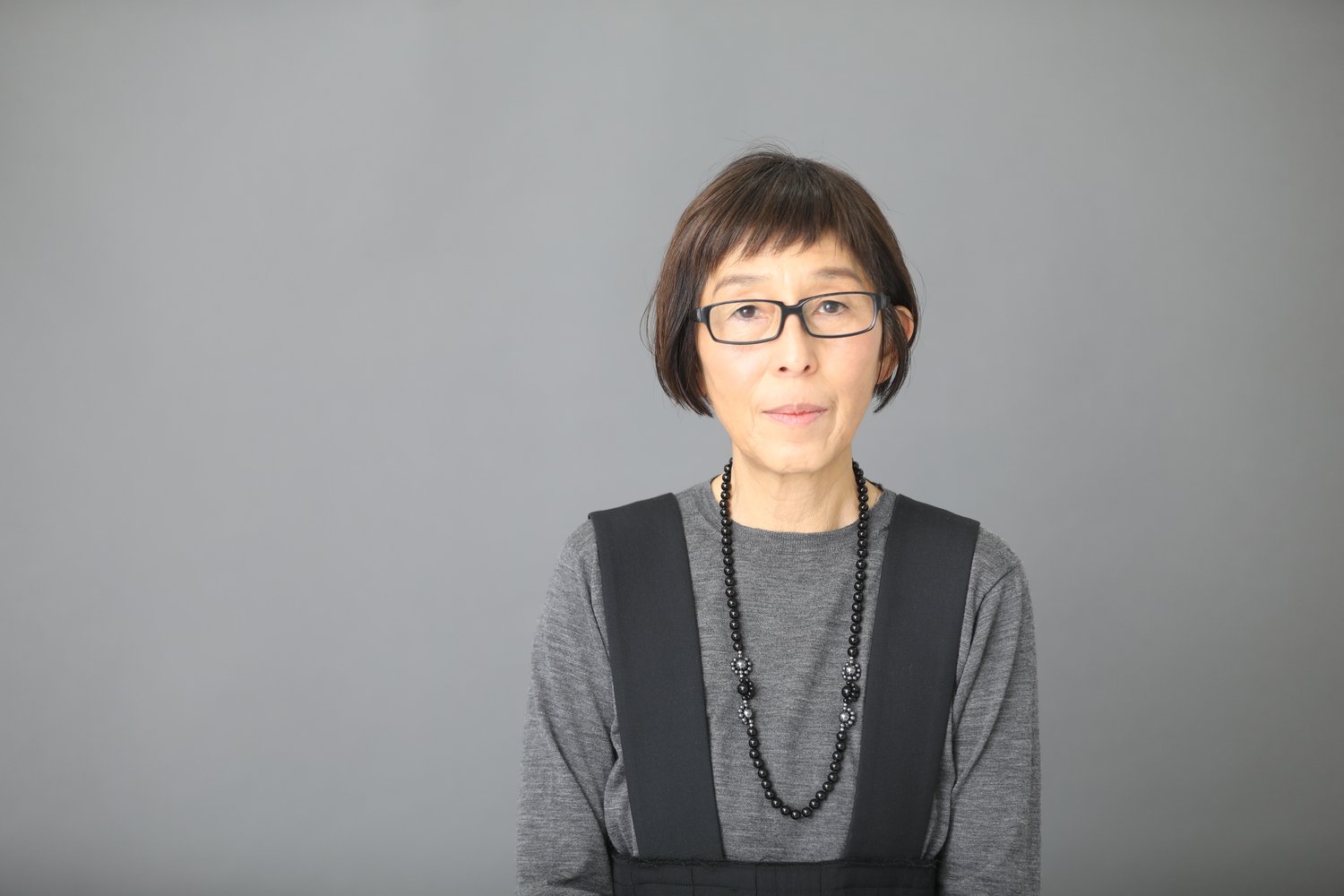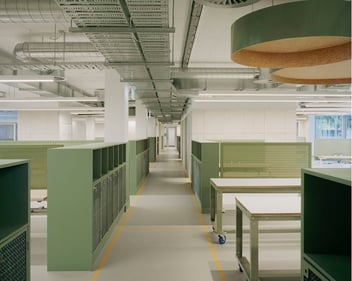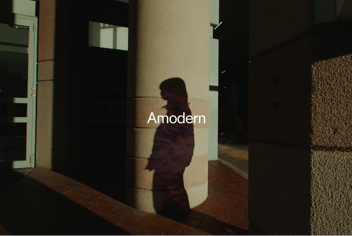The Life and Career of Kazuyo Sejima
In 2010 Kazuyo Sejima became the second ever woman to win the Pritzker Architecture Prize.
Sejima is a visionary Japanese architect whose career has been characterized by a pursuit of architectural elegance, and minimalism. Born in 1956 in Mito, Japan, Sejima has left a significant mark on the world of architecture through her signature style and use of contemporary Japanese architecture in the Western world.
Sejima's career trajectory began to rise when she co-founded the Tokyo-based architecture firm SANAA (Sejima and Nishizawa and Associates) with Ryue Nishizawa in 1995. Together, their work often blurs the boundaries between interior and exterior spaces, emphasizing permeability and simplicity.
Through projects such as the Rolex Learning Centre in Switzerland, The New Museum in New York City, the Sumida Hokusai Museum in Tokyo, and the Louvre-Lens Museum in France, Sejima's designs consistently prioritize the user's experience of space. She is deeply interested in how people interact within and move through buildings, creating spaces that are inviting and flexible, encouraging diverse uses and interpretations by those who inhabit them.
Time and time again, Kazuyo Sejima exemplifies a mastery of space, light, and form, solidifying her position as a luminary in the world of architecture.






%20Waste.jpeg?width=352&name=Fighting%20the%20War%20on%20(Construction)%20Waste.jpeg)